 Movies and TV
Movies and TV  Movies and TV
Movies and TV  History
History 10 Things You Didn’t Know About the American National Anthem
 Technology
Technology Top 10 Everyday Tech Buzzwords That Hide a Darker Past
 Humans
Humans 10 Everyday Human Behaviors That Are Actually Survival Instincts
 Animals
Animals 10 Animals That Humiliated and Harmed Historical Leaders
 History
History 10 Most Influential Protests in Modern History
 Creepy
Creepy 10 More Representations of Death from Myth, Legend, and Folktale
 Technology
Technology 10 Scientific Breakthroughs of 2025 That’ll Change Everything
 Our World
Our World 10 Ways Icelandic Culture Makes Other Countries Look Boring
 Misconceptions
Misconceptions 10 Common Misconceptions About the Victorian Era
 Movies and TV
Movies and TV The 10 Coolest Stars to Set Sail on The Love Boat
 History
History 10 Things You Didn’t Know About the American National Anthem
 Technology
Technology Top 10 Everyday Tech Buzzwords That Hide a Darker Past
Who's Behind Listverse?

Jamie Frater
Head Editor
Jamie founded Listverse due to an insatiable desire to share fascinating, obscure, and bizarre facts. He has been a guest speaker on numerous national radio and television stations and is a five time published author.
More About Us Humans
Humans 10 Everyday Human Behaviors That Are Actually Survival Instincts
 Animals
Animals 10 Animals That Humiliated and Harmed Historical Leaders
 History
History 10 Most Influential Protests in Modern History
 Creepy
Creepy 10 More Representations of Death from Myth, Legend, and Folktale
 Technology
Technology 10 Scientific Breakthroughs of 2025 That’ll Change Everything
 Our World
Our World 10 Ways Icelandic Culture Makes Other Countries Look Boring
 Misconceptions
Misconceptions 10 Common Misconceptions About the Victorian Era
10 Gripping Facts About Women In Prison
The idea of women in prison is something many people don’t tend to take seriously. Unfortunately, it’s nowhere near as wacky as Orange Is the New Black makes it out to be. The reality is far more terrible, from abuse by guards to giving birth while shackled to the bed.
10The First Women’s Prisons
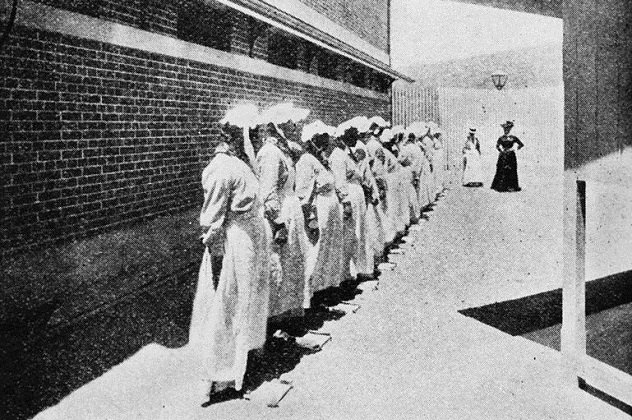
Women’s prisons are a relatively new concept. In the past, the rare female scoundrel was usually housed in a separate part of a men’s facility. The first women’s facility in the United States, Indiana Women’s Prison, was built in 1869 and received its first prisoners four years later. The first federal prison for women would not follow for decades. The Federal Industrial Institution for Women was built in Alderson, West Virginia, where it opened on April 30, 1927.
It was a far cry from the hardscrabble penitentiaries of modern times, with practically nonexistent security and inmates put to work with clerical, cooking, and farming duties instead of being locked in cells 23 hours a day. The facility’s stated goal was not to punish the inmates for the misdeeds but to reform them so they could become upstanding members of society. After all, most of these women were not black widow murderesses but girls who had fallen under the sway of drugs and alcohol during the Prohibition era.
9The Exploding Incarceration Rate
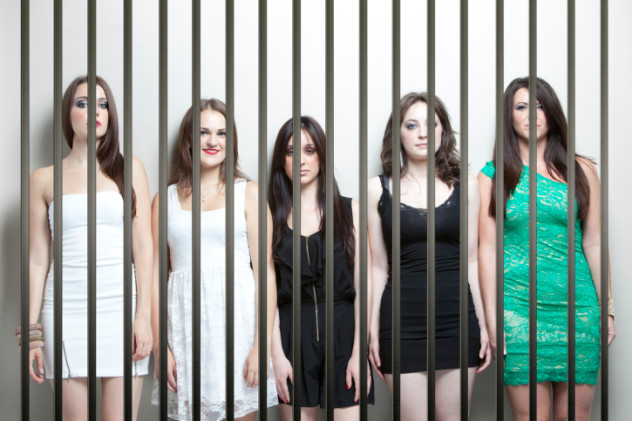
The incarceration rate in the United States is something of an international joke. It’s higher than that of any other nation in the world, including questionable regimes like Russia and China. But even among these astronomical numbers, the fastest-growing population of prisoners in the United States are women. Women’s prisons didn’t even exist two centuries ago, but today, there are over a million women in the criminal justice system.
The numbers are truly staggering. Between 1980 and 2006, the population of women in prison jumped 800 percent. The situation is even more grim for minorities, who comprise two–thirds of all incarcerated women. Sadly, most women behind bars have been convicted of nonviolent crimes like drug possession or prostitution, and even violent offenders have heartbreaking stories. For example, up to 90 percent of women convicted of murdering a man were also abused by that man.
8Giving Birth

No one deserves more tender, loving care than a woman in labor, but incarcerated women are prisoners first and mothers second. In 30 US states, they can be shackled down while giving birth, a step that has been condemned by the ACLU and various health organizations. Amnesty International has called it a violation of human rights. Binding a woman during labor presents a host of unique problems for the mother, child, and physician.
Being born in prison isn’t exactly the best start in life, but there are some success stories. Perhaps most notably, actress Leighton Meester, one of the stars of the show Gossip Girl, was born in a federal prison in Texas, where her mother had just begun a 10-year sentence for drug smuggling. Some states offer programs allowing mothers to care for their infants behind bars, generally reserved for nonviolent offenders with short sentences. The programs can extend from one month to three years and have shown unfailingly positive results.
7Families Displaced
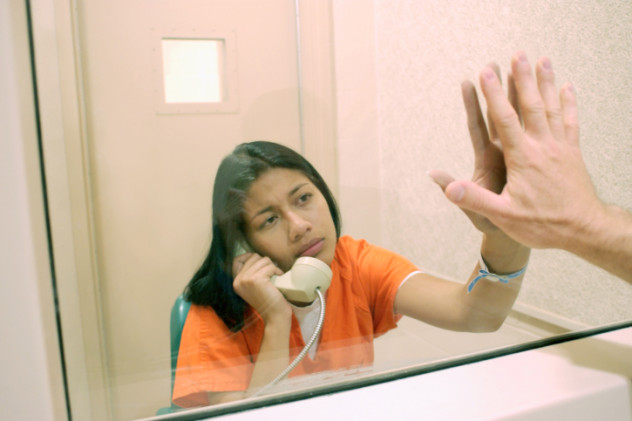
Sadly, many women behind bars were primary caregivers for their children. When they are locked up, families are left with few options. The lucky ones can be placed with relatives, but more often, the kids are sent to foster care. Many of these children are lost to their mothers forever. The federal Adoption and Safe Families Act, enacted in 1997, requires states to terminate parental rights to children that spent at least 15 of 22 consecutive months in the foster care system, freeing them up for adoption. The median minimum sentence for incarcerated women is 36 months.
Worse still, the comparative rarity of women’s facilities means that they are often located so far away from home that it can be difficult, and sometimes impossible, for families to visit. Isolation from their loved ones does little to help prisoners’ attitudes or reintegration with society.
6Death Row

Despite the meteoric rise in the population of women in prison, less than 2 percent of those on death row are women. In the last 200 years, the only woman sentenced to death for a lesser crime than murder was Ethel Rosenberg. She and her husband were convicted of treason for running a spy ring, providing the secrets of the atomic bomb to the Soviet Union. They were executed by electric chair on June 19, 1953.
Probably the most infamous female death row inmate was Aileen Wuornos, a Florida prostitute who murdered seven men in one bloody year between November 30, 1989 and November 19, 1990. She spent 10 years on death row before being executed by lethal injection on October 9, 2002. Her last meal request was for a cup of black coffee. Her last words were “Yes, I would just like to say I’m sailing with the rock, and I’ll be back, like Independence Day with Jesus. June 6, like the movie. Big mother ship and all, I’ll be back, I’ll be back.”
5Healthcare
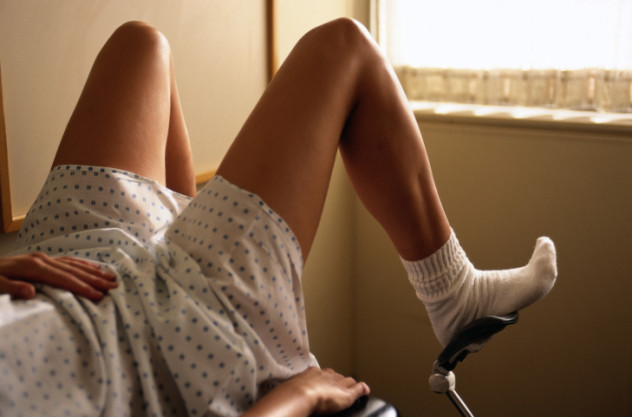
The massive influx of women in prison has left the system reeling, as facilities are woefully unprepared to attend to the unique health problems women face. Routine gynecological care and mammograms are often unavailable, meaning that women behind bars frequently succumb to diseases like cervical cancer, which is often successfully treated if detected by Pap smear in its earliest stages.
There is also a much higher incidence of substance abuse problems and communicable diseases like HIV and hepatitis C among women in prison than men, often due to a history of trading sex for drugs. Women are also more susceptible to a number of chronic conditions such as varicose veins, constipation, anemia, urinary tract infections, and migraines. They even outstrip incarcerated men in mental health issues, often being the victims of lifelong abuse. Sadly, the vast majority of women who are incarcerated fall well below the poverty line, and even before they were imprisoned, they had little to no access to healthcare.
4Assault By Guards
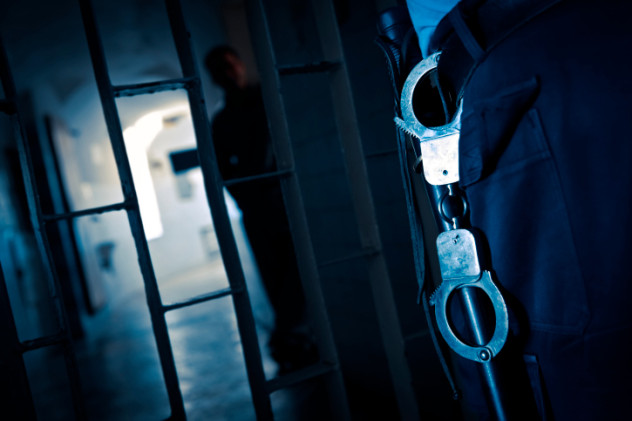
In a perfect world, the guards and support staff at women’s prisons would all be female. While this would hardly end all abuse, it would certainly alleviate many issues. Unfortunately, about 40 percent of guards in American women’s prisons are male. In some states, that number climbs even higher. This means that abuses like beatings and rape are terrifyingly common.
One institution infamous for such activity is the Julia Tutwiler Prison for Women in Wetumpka, Alabama. An investigation indicated over one-third of its employees have had sex with inmates, often in exchange for basic commodities like cigarettes and toiletries. Although there are indications that Tutwiler is improving, it still frequently makes the shortlist of worst prisons in America. The federal government has stated that the circumstances there may be so bad as to be unconstitutional.
3Orange Is The New Black
The first two seasons of the Netflix original series Orange Is the New Black were a runaway success, having been renewed for a third season. The story is based on the real life experiences of Piper Kerman, a well-educated middle-class woman. Kerman was an unlikely candidate to spend time in prison, but in her mid-twenties, she began laundering money for a West African drug kingpin. She was indicted five years later and eventually spent 13 months behind bars, starting in 2004. Motivated by the curiosity of others following her release, she penned Orange Is the New Black: My Year in a Women’s Prison.
The bestselling memoir was adapted into the Netflix series to great critical acclaim. One of the many compliments the show has garnered is that it features well-developed characters rather than the stereotypical criminals who often fill such portrayals of the prison system. Among them is a transgender woman named Sophia Burset, who is played by transgender actress Laverne Cox. For flashback scenes portraying Burset’s life before her transition, the show employs Cox’s real-life twin brother.
These days, Kerman has moved away from the sordid underbelly of drug trafficking. She is a frequent public speaker and nonprofit activist, serving on the board of the Women’s Prison Association.
2Exploitation Films
Before Orange Is the New Black, movies and shows about women in prison took a decidedly different tack. They were more along the lines of soft-core porn and often featured themes of lesbianism, nudity, and cat-fighting. While such films truly hit their stride in the late 1960s, they date back to at least the early 1930s, with the release of 1931’s Ladies of the Big House and 1934’s Ladies They Talk About, which starred Hollywood legend Barbara Stanwyck.
The genre, called “women in prison” or “WiP,” is popular in several countries, including the United States, Italy, and China. Several dedicated cinema guides to the genre are available, detailing such films as 1985’s Red Heat. Starring a post-Exorcist Linda Blair, the film portrays the tribulations of an American woman captured by East Germans during the latter stages of the Cold War. Not surprisingly, in the age of hardcore pornography, the WiP genre remains prolific.
1Women’s Prisons Around The World
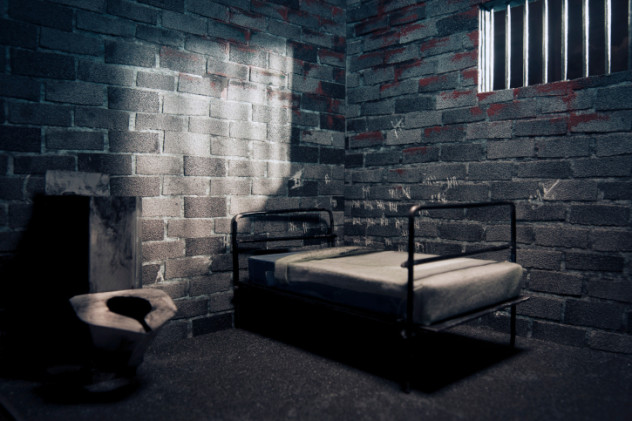
While women’s prisons in the Western world are hardly the sort of places you’d ever want to live, the conditions of such facilities are completely deplorable in other parts of the world. South Africa is home to some of the worst women’s prisons in the world, described by a former inspector as “shockingly inhumane.” Former prisoners have described scenes in which dozens of people are crammed into a cell with just one shower, sink, and toilet, leading to outbreaks of violence that guards are unable or unwilling to control.
Even in Greece, which is part of the European Union, conditions can be nasty. At Thiva Women’s Prison north of Athens, vaginal canal searches are frequent, and those who refuse to succumb to the demeaning procedure are put into solitary confinement and plied with laxatives until it can be determined they aren’t concealing anything. Although Greek prisons claim that such practices have been outmoded, they continue to be seen by visiting monitors from the European Committee for the Prevention of Torture.
Mike Devlin is an aspiring novelist.








